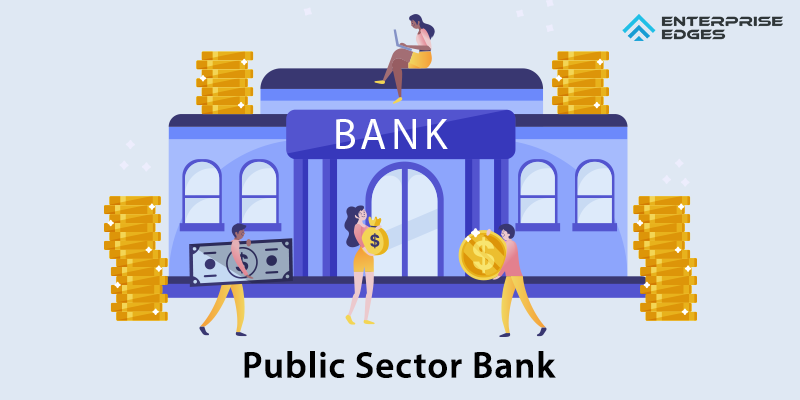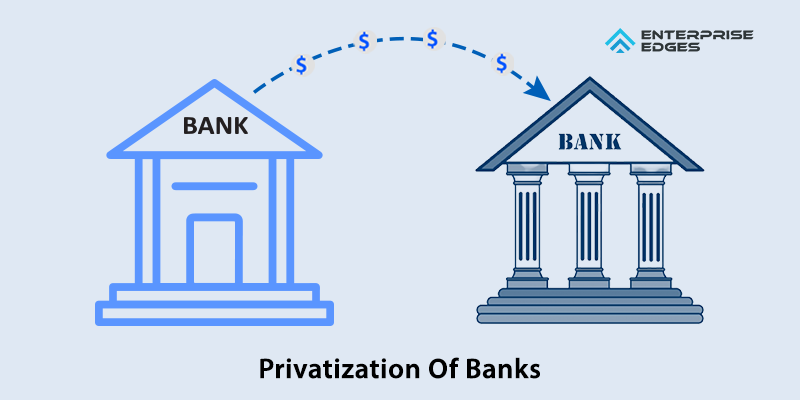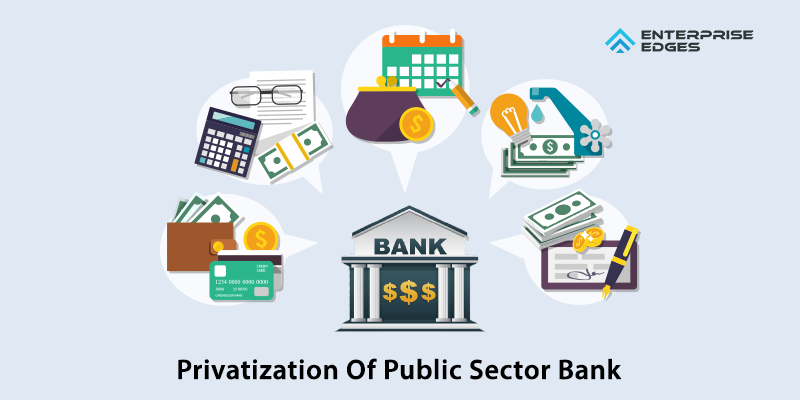Public Sector Banks
Since times immemorial, banks have played a significant role in strengthening the economy of our nation. No wonder banks are known as the backbone of the economy. The first bank of India was the Bank of Hindustan, which was established in the year 1770, and since then the banking sector has undergone a massive revolution.

These days, not only do the banks provide the basic banking facilities they provided years ago, but they have also evolved to perform functions like providing lockers, educating and assisting customers regarding various mutual fund policies and, providing a host of other benefits on the digital platform.
Over the years, the banking sector has become very efficient in carrying out all its activities, but with increased productivity comes greater challenges. With increased digitization, online frauds have become common and banks are always on the radar of hackers. No matter how much security and effectiveness the bank ensures, every year we see multiple banks facing data leaks and security breaches. Many economists have suggested that to boost the effectiveness and security of the banks, there is a need to privatize the public sector banks.
Privatization Of Banks
Before debating the pros and cons of the privatization of public sector banks in India, it is important to know the difference between a public sector bank and a private sector bank. A public sector bank is one where a majority of its stakes are held by the Government like the State Bank of India (SBI) whereas a Private Sector bank is one where a majority of the shares of the bank are under the control of its shareholders like the HDFC Bank and the Axis Bank.

Although the basic facilities provided by the bank remain the same irrespective of the category of the bank, the customers notice a significant change in operational methodology between a public sector bank and a private sector bank. The private sector banks undoubtedly function way more effectively compared to the public sector banks, but because of a longer duration of existence, public sector banks have gained the trust of the common masses and are mostly preferred over private sector banks. However, with changing trends, a lot of businesses also prefer private sector banks because of their efficiency.
Since a public sector bank has the backing of the Government, there is a strong sense of security among the customers that the bank will survive no matter what. However, private banks make up for these concerns through their technological advancements and superior customer service. RBI also has stringent laws in place for both public and private sector banks, which helps the RBI to manage these banks’ lending and cash reserve ratios.
In the present scenario, the idea to privatize banks has received a mixed response. Before jumping to any conclusions, it is important to discuss the pros and cons of the privatization of the banking sector in India.
Privatization Of Public Sector Banks Is Likely To Provide A Lot Of Benefits, Some Of Which Are Listed Below:

- For operational efficiency, private sector banks are far more efficient as compared to public sector banks. The private sector banks continuously upgrade their services to keep up with the changing market trends and reinvent their way of working to attract a larger customer base. This ensures that the customers receive the most superior quality of service and enjoy a hassle-free experience.
- Privatization of banks will also help to reduce the burden on the Government of India. This is because private banks have stringent norms for providing loans and dealing with frauds. This ensures that a bank would not suffer too many losses because of insufficient background checks or security.
- Public banks are constantly bullied for political motives, which makes it difficult for them to function independently. Privatization will allow the banks to focus on their long-term goals with reduced government interference.
- When compared with PSU’s, most private sector banks are profitable and this gives an idea that privatization might help in converting loss-making ventures into profitable businesses.
While Privatization Seems A Lucrative Option, There Are Quite A Few Cons Of Privatizing The Banking Sector As Explained Under:
- While public sector banks cater to all sections of society, private sector banks target mostly the upper strata and business conglomerates in the society. This may adversely affect the poorer sections of society and wipe out the trust that the common masses have in the government.
- Public sector banks strive to make modern facilities available even in non-profitable areas, while private banks choose to operate only in urban settings where the possibility of generating profits is high.
- Privatization may also introduce variable income. This might result in panic and protests across the country.
Conclusion
While privatization might seem like the solution to all the problems faced by the banking sector, this is far from true. For the country to progress, it is important to ensure that the modern banking facilities reach every inch of the country and this is possible only when operational efficiency is combined with a strong sense of service towards the nation. It is only when the country grows as a whole that the banks can flourish and prosperity is ensured.
